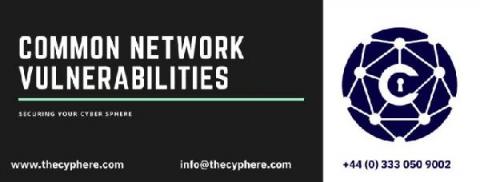Security | Threat Detection | Cyberattacks | DevSecOps | Compliance
Security
The Rise of the PS5 Scalper Bots: An Analysis
Table of Contents In a webinar last December, Netacea’s Head of Threat Research, Matthew Gracey-McMinn, and Head of eCommerce, Tom Platt, joined forces to deep dive into the scale of the scalper bot problem, and the impact on the 2020 PS5 launch. If you missed the webinar, we’ve summarized the top takeaways for you here.
EPHEMERAL LOCKPICKER: Malware Leveraged for Novel Intrusion Lifecycle and LuckyDay Ransomware Delivery
In 2021, Kroll investigators have had multiple opportunities to respond to a series of interconnected network intrusions, ransomware events and cyber incidents which, upon investigation and review, possessed overlapping tactics, techniques and procedures (TTPs) and similar indicators of compromise (IOC) among them. The incidents affected organizations of various sizes across diverse industry sectors through what Kroll’s investigations confirmed was a range of separate intrusion vectors.
Creating An Audit Program In Today's Digital Landscape To Promote Compliance
In todays political landscape a more aggressive enforcement approach from health and safety regulators is fast approaching. For employers looking to reduce their business risk, achieving regulatory compliance starts with creating an audit program that is both strong and sustainable. However, with COVID-19 restrictions still in place, many organizations are facing new barriers that may impede how they assess compliance and limit their potential exposure.
What is the Coralogix Security Traffic Analyzer (STA), and Why Do I Need It?
The wide-spread adoption of cloud infrastructure has proven to be highly beneficial, but has also introduced new challenges and added costs – especially when it comes to security. As organizations migrate to the cloud, they relinquish access to their servers and all information that flows between them and the outside world. This data is fundamental to both security and observability.
What is CREST and what are the benefits of using a CREST accredited company?
We’re delighted to announce that Sentrium Security is now a CREST accredited company! This is an exciting achievement for us and it’s great to be recognised by the industry as a leading information security service provider. This is another great achievement for Sentrium following our award wins at the Cyber Security Excellence Awards 2021, where we won Best Cyber Security Company and Best Cyber Security Start Up (Europe, 1-9 employees).
Data Subject Access Request: Article 15 GDPR - The Right of Access
In today’s data-driven world, every other company and application collects a significant amount of important data and individual’s personal information such as name, email ID, address, date of birth, ID number, credit card information, and online behaviours, history and much more. Sharing data has become an essential component to many businesses and organisations; it allows the data controller and data subjects to stay connected and collaborate on many things.
The top 10 network security vulnerabilities for businesses in 2021
As per UK DCMS’s data breaches survey, about 32% of businesses in the UK have faced a form of cybersecurity threat between 2018 and 2019. As a result of these network security vulnerabilities, these businesses incurred costs on lost data and many other damages that totalled £4,180.
Cybersecurity and Compliance for Healthcare Organizations
Amidst the pandemic overwhelming the capacity of many hospital systems, malicious hackers have been quick to target healthcare providers and medical agencies. These cyber-attacks have hit both the United States and Europe in recent months, serving as a reminder for organizations to closely review their information security posture during these times of uncertainty.
NAME:WRECK DNS Bugs: What You Need to Know
For most internet users, there’s not much of a perceivable difference between the domain name they want to visit and the server that the domain queries. That’s because the Domain Name System (DNS) protocol does a good job of seamlessly routing users to different IP addresses that are all associated with a single domain name.










